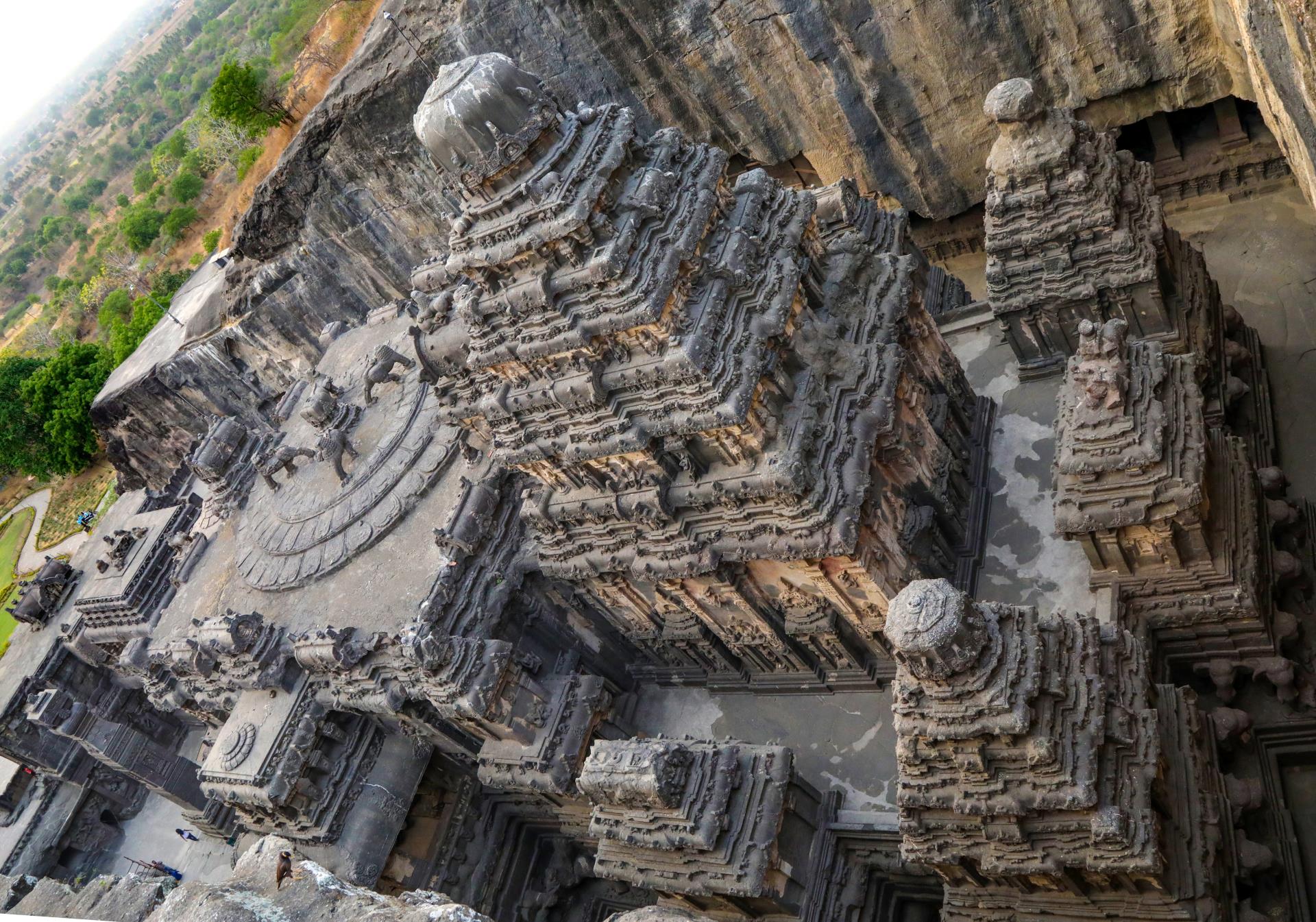
Sorry, we couldn't find anything that matches your search.
Destination

Famous Places to Explore in Hyderabad
A vibrant city with the imposing...

Raipur Tourist Places | Best Place to Visit
The stronghold of several erstwhile...

Ahmedabad
Declared as India's first UNESCO World...
#
Nestled in the lap of verdant hills, Aurangabad Caves are a historian's delight. Located to the north of the city, they are a set of 12 Buddhist caves dating from the 3rd century AD. The mystic aura of the caves, almost hidden between lush hills, is because of the evident tantric influence in the architecture and iconography here. Most of these caves are viharas, residential cells. Experts believe that Caves 3 and 7 are the most fascinating and should not be missed. Moreover, Caves1 and 3 belong to the later Mahayana period. In terms of the floor plan, the pillar layout and the detailing are similar to Caves 21 and 24 at Ajanta. The western group consists of Caves 1 to 5, while the eastern group consists of Caves 6 to 10. Cave 4 is a chaitya, which is the only one of its kind to have been excavated during the later Satavahana period. These are rock-cut caves offering a spectacular panorama of the cityscape and the Bibi ka maqbara.
Cave 6 is inscribed with figures of decked up women. The idols are in a good state and give the visitor a great idea of the aesthetic of the period. The cave also contains a Buddha idol and a Ganesha idol. Female sculptures of bejewelled women abound in Cave 7 and the style indicates a growing influence of Tantric Buddhism.
James Bird was the first one to give an account of Aurangabad Caves, in 1847, in his Historical Researches. Later, John Wilson and James Burgess gave detailed accounts of the caves as important historical monuments.







